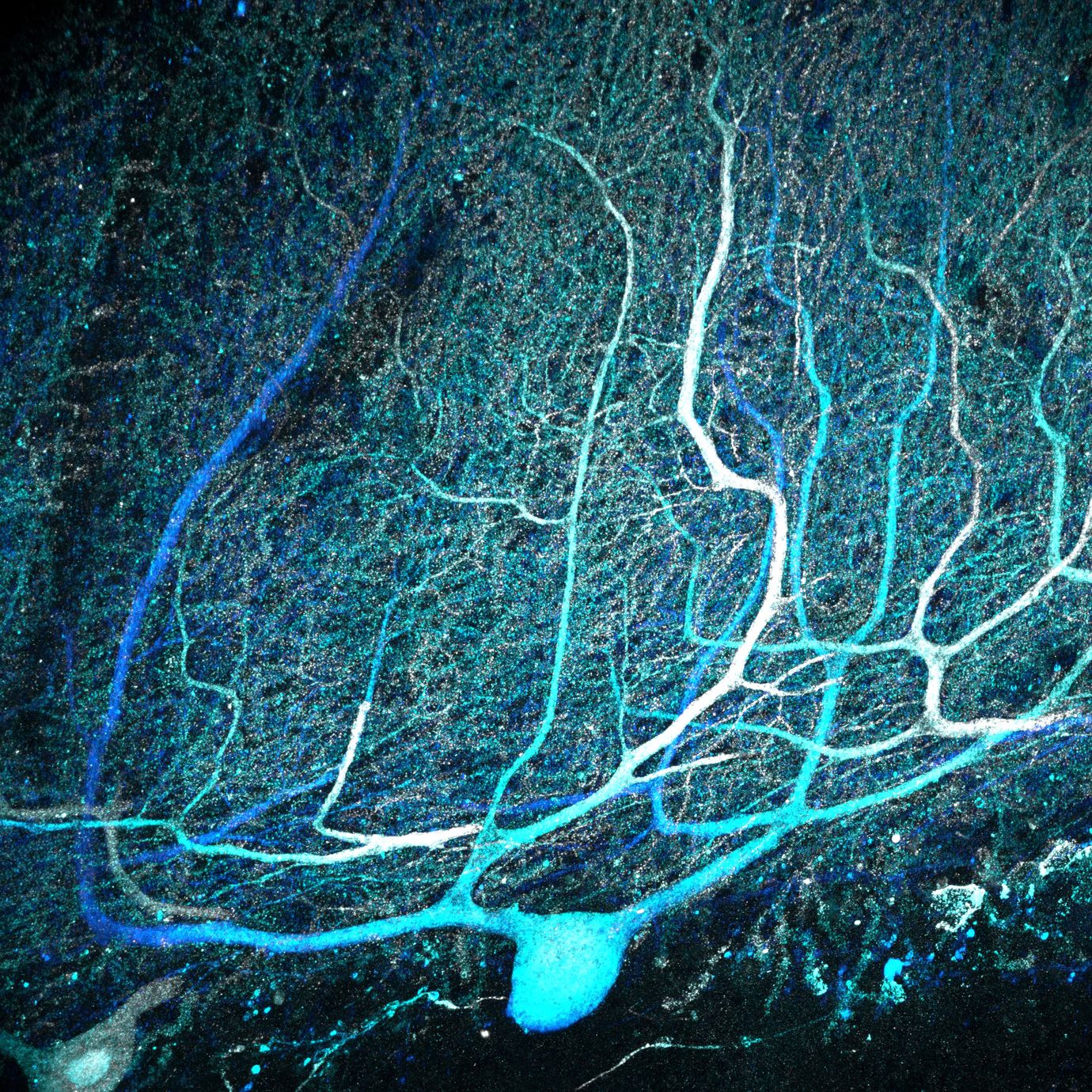Complex brain cell connections in the cerebellum more common than believed

In 1906, Spanish scientist Santiago Ramón y Cajal won the Nobel Prize for his pioneering studies of the microscopic structures of the brain. His famous drawings of Purkinje cells in the cerebellum show a forest of neuron structures, with multiple large branches sprouting from the cell body and splitting into beautiful, leaf-like patterns.
Although these early depictions captured multiple dendrites extending from the cell body, the prevailing wisdom among neuroscientists to this day is that Purkinje cells have just one primary dendrite that connects with a single climbing fiber from the brain stem. New research conducted by professor Christian Hansel, PhD, shows that Santiago Ramón y Cajal's famous drawings of Purkinje cells were accurate all along.